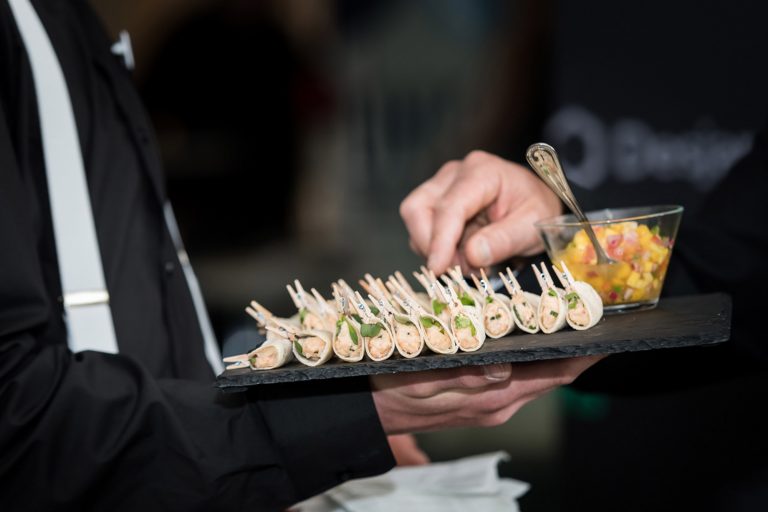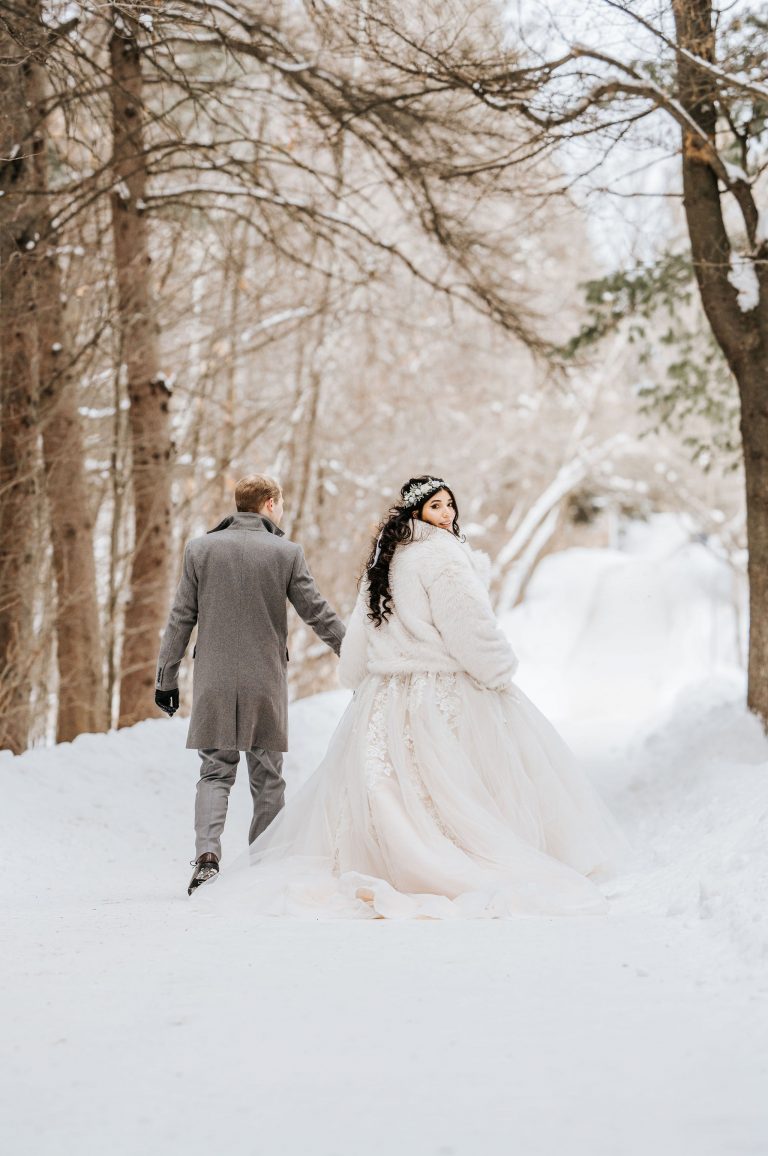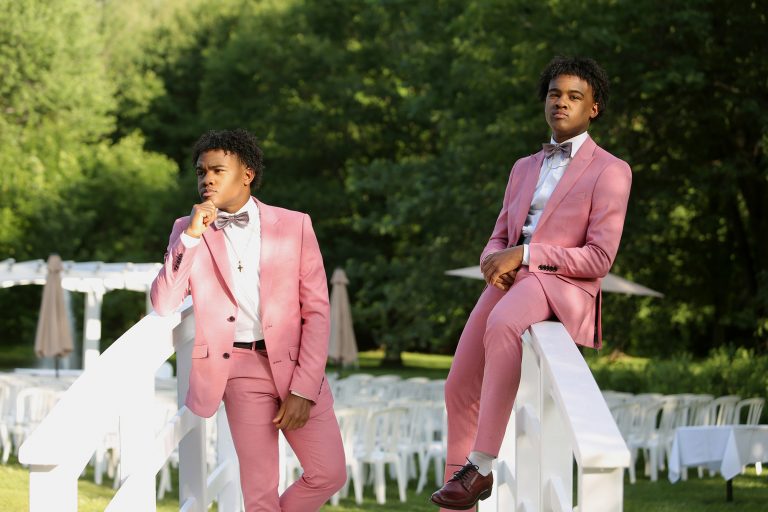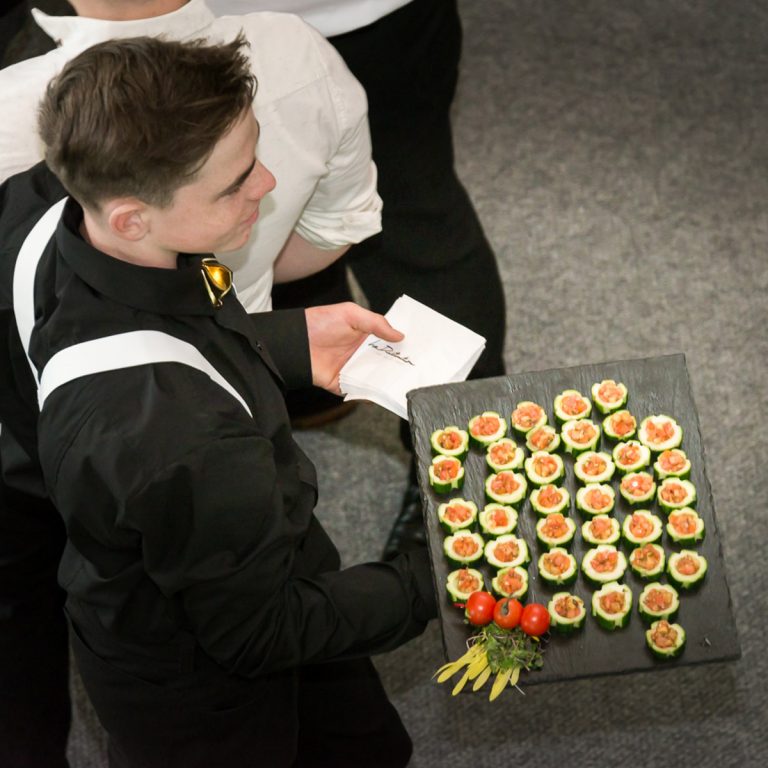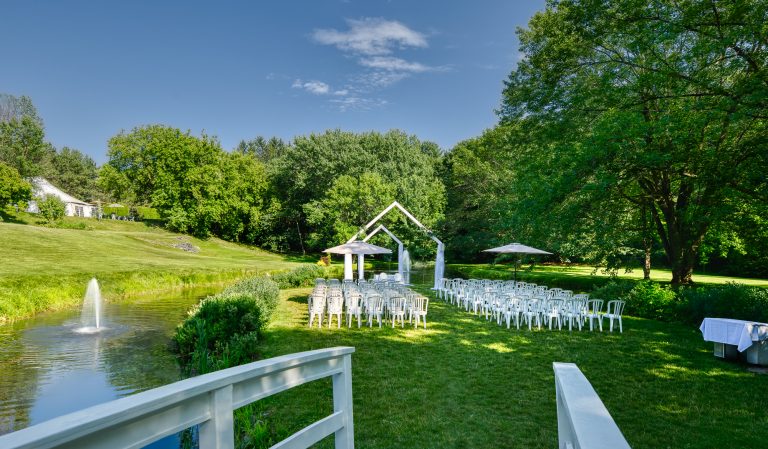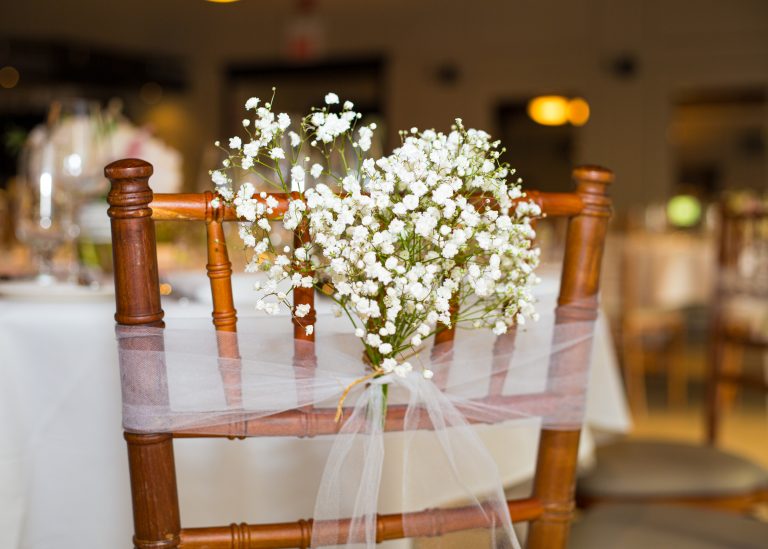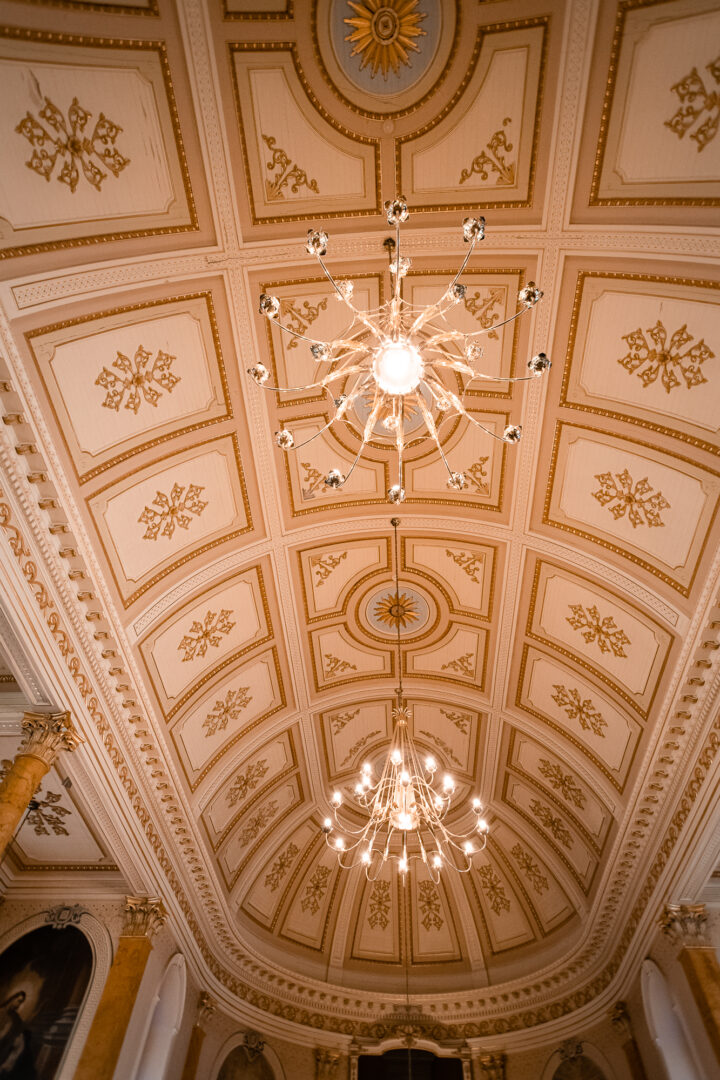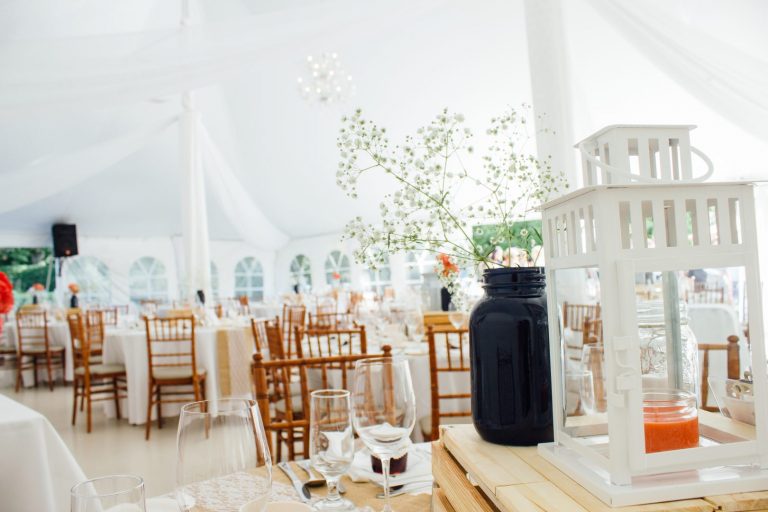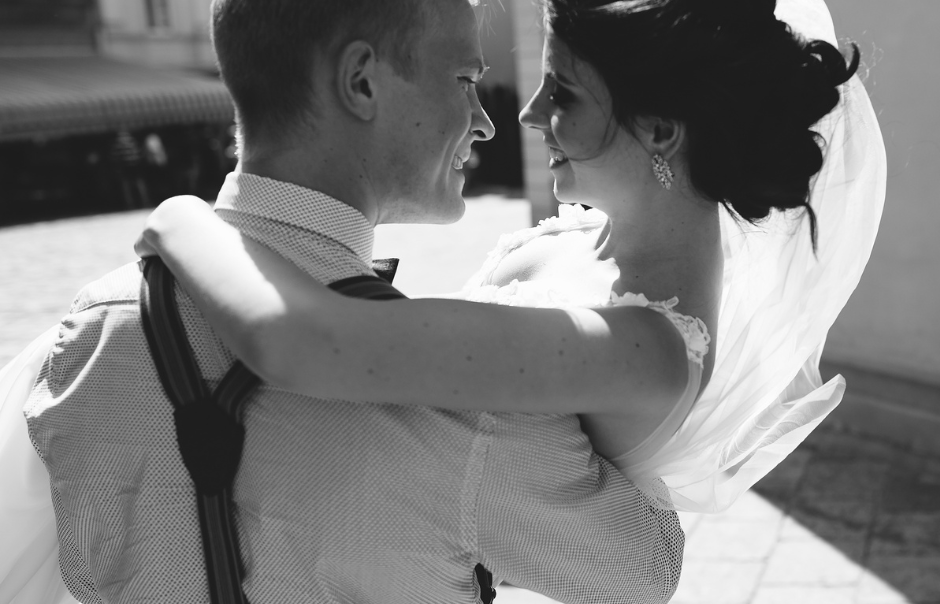
14 wedding superstitions still alive and well
Are you the kind of person who prepares for the big day based on a few wedding superstitions? Maybe this article will even help you create a game on your wedding night during the dinner hour.
Here are 14 more or less well-known beliefs that might make you want to rethink a few things for your nuptials.
1. Put a rosary on the clothesline the day before the ceremony
You’re probably hoping for a rain-free day on your big day. Your parents, grandparents and generations before them used to put a rosary on the clothesline the day before the wedding. They hoped this would ward off bad weather.
But there’s a saying that goes “rainy wedding, happy wedding”. Remember, rain represents abundance. It nourishes, fertilizes and purifies.
2. Not seeing the bride in her dress on the wedding day
The other partner can’t see the bride in her dress on the big day. According to superstition, it’s also impossible to spend the previous night with her. The success of your union apparently depends on it.
If you’re a couple with strong beliefs, or simply for the fun of it, you’ll have to make a few sacrifices around the house. You’ll each have your own room, or you’ll sleep at a relative’s place.
3. Something new, old, blue and borrowed
Yes, these four elements are still the subject of a deep-rooted custom. Superstition or not, the new item – the dress or underwear – represents the couple’s future. The old item belongs to someone who has lived through happy times. It represents the durability of the union. The borrowed accessory represents happiness and the blue one fidelity.
4. A bridal bouquet full of superstitions
The bridal bouquet alone is shrouded in mystery.
- Throwing the bouquet: today, we do it as a matter of habit, but in the old days, it was pieces of the bride’s dress that people wanted to tear off, as it brought good luck. That’s how the idea of throwing the bouquet came about. It is now said that the woman who catches it will be the next to have the ring put on her finger.
- The number of flowers: to bring good luck, it’s said that the bouquet should contain an odd number of flowers.
- Aromatic herbs: in Egypt, Rome and Greece, it was customary to wear a bouquet adorned with spices and highly aromatic herbs to keep misfortune at bay.
5. No pearl jewelry for the bride
It’s said that crying on your wedding day is a blessing (before you walk up to your significant other). It dries up all the tears to be shed and leads to a happy marriage.
On the other hand, pearls are the embodiment of tears and a harbinger of an unhappy union. Forget them as jewelry.
6. A straight tie for the groom!
In the old days, it was automatically assumed that a bride and groom arriving at church with a crooked tie had something to be ashamed of. Consequently, superstition dictated that a straight tie was the order of the day. Otherwise, beware of the unfaithful husband.
7. A veiled bride for purity or to ward off evil spirits?
Many brides still wear veils to complete their outfits. It’s mostly used for elegance and refinement. However, when it comes to superstition, veiling the bride was once a guarantee of purity in certain customs. In other cultures, it was used to ward off the devil and evil spirits.
It camouflaged the face from the gaze of others. It was much more opaque. It is also mentioned that, in another era, the bride was “unveiled” just before the altar, to prevent the bridegroom from changing his mind at the last minute.
8. Each groom wears a coin for luck
The coin can be sewn into the lining of the bride’s dress. The same goes for the groom’s pants. If this isn’t possible, be creative. Think of the garter or even the gentleman’s underwear.
9. The luck of the black cat and the spider on the wedding day
You probably hate spiders. But spiders are a lucky charm if you find one on your wedding dress on the big day. The same applies if you come across a black cat on the way to the church or reception hall.
10. Avoid weddings on Friday the 13th
Did you know that the origin of this belief is religious? It’s actually about Christ’s last meal before his crucifixion, which took place on a Friday. There were 13 people at the table, including his 12 apostles.
11. The right foot when entering the church and the rice when leaving it
Superstitions go a long way, you may say. It is said that entering church on the right foot leads to a happy alliance and reduces the obstacles encountered on your way. Similarly, throwing rice at newlyweds as they leave the chapel is the result of a belief. It promotes fertility and prosperity.
12. Church bells and car horns
Creating a lot of noise after the wedding ceremony is once again intended to ward off bad energy and evil spirits. That’s why church bells are rung and horns have always been honked all the way to the reception venue.
13. Cut the cake and keep the top layer.
Cutting the cake together is considered the first symbolic act performed by a couple. In the past, the woman cut the cake alone to signify her passage into adulthood.
As for preserving the top tier, it’s a good-luck charm, a sign of longevity and good fortune for the bride and groom. It is usually thawed on the first wedding anniversary.
14. Carrying the bride to the doorstep
The tradition of carrying the bride on the doorstep for the wedding night is associated with another belief. The idea is to avoid stumbling, as this would be a harbinger of problems within the couple. This romantic position, known as “bridal style”, is designed to prevent the bride from getting tangled up in her petticoats.
Did you know about all these superstitions? Don’t hesitate to add others in our comments section, we’re curious!
We wish you all the best for your memorable day.
